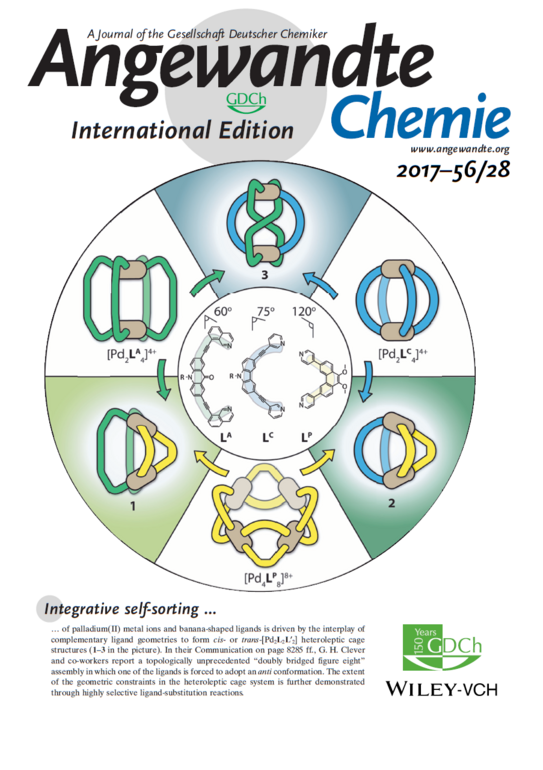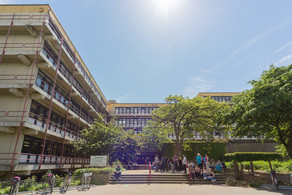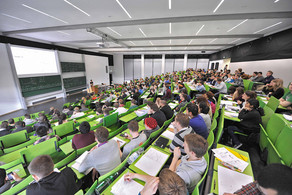Scientific Approach
RAMSES addresses a fundamental discrepancy between naturally derived structures with nanoscale cavities and most artificial self-assembled nano-confinements: while the biological structures, e.g. enzymes, are usually low symmetric (as are their substrates) and densely equipped with multiple functionalities, man-made mimics are of rather high symmetry and low diversity regarding the number of functions implemented into one structural motif. The reason is the following: nature employs a multi-step strategy starting with the synthesis of a covalently joined block polymer containing about 20 different functional units in a predetermined (genetically encoded) sequence. This polypeptide chain then folds in a non-covalent fashion (often assisted by dynamic-covalent cross-linking steps) into a single type of 3-dimensional object, containing internal pockets and surface features that are lined with functionalities, acting together to bestow the folded protein with its intended function. Self-assembly in the laboratory, however, lives from simplifying the employed components, usually giving them symmetric shapes and directed connectivities to produce highly symmetric objects such as squares, cubes, tetrahedra, octahedra or Archimedean spheres following fundamental geometric principles

While the spontaneous emergence of the latter structures is of unquestionable elegance, it brings the problem, that the resulting structures are structurally far from the complexity of biological compounds.
Our mission is to develop new strategies for the self-assembly of functionalized, artificial building blocks that allow for a rational (non-statistical) integration of two or more components into a single architecture. The challenge is to design systems and assembly principles where, for example, components A, B, C and D only assemble into product ABCD, without falling into narcissistic self-sorting (A only with A, B only with B…) or a complete statistical mess (here: 55 possible “lantern-shaped”, four-component systems, from AAAA over BCCD to ABCD). Therefore, while interconnectivity between the components has to be secured, entropy – a formidable enemy favoring the formation of convoluted mixtures – has to be overcome by carefully installed enthalpic drivers and steric or topological constraints. After reliable and robust strategies towards such low-symmteric, multi-component structures have been devised, these will be used to facilitate the implementation of multiple functionalities and study their interplay in the context of photo-redox processes, materials properties and action on internalized substrates.





